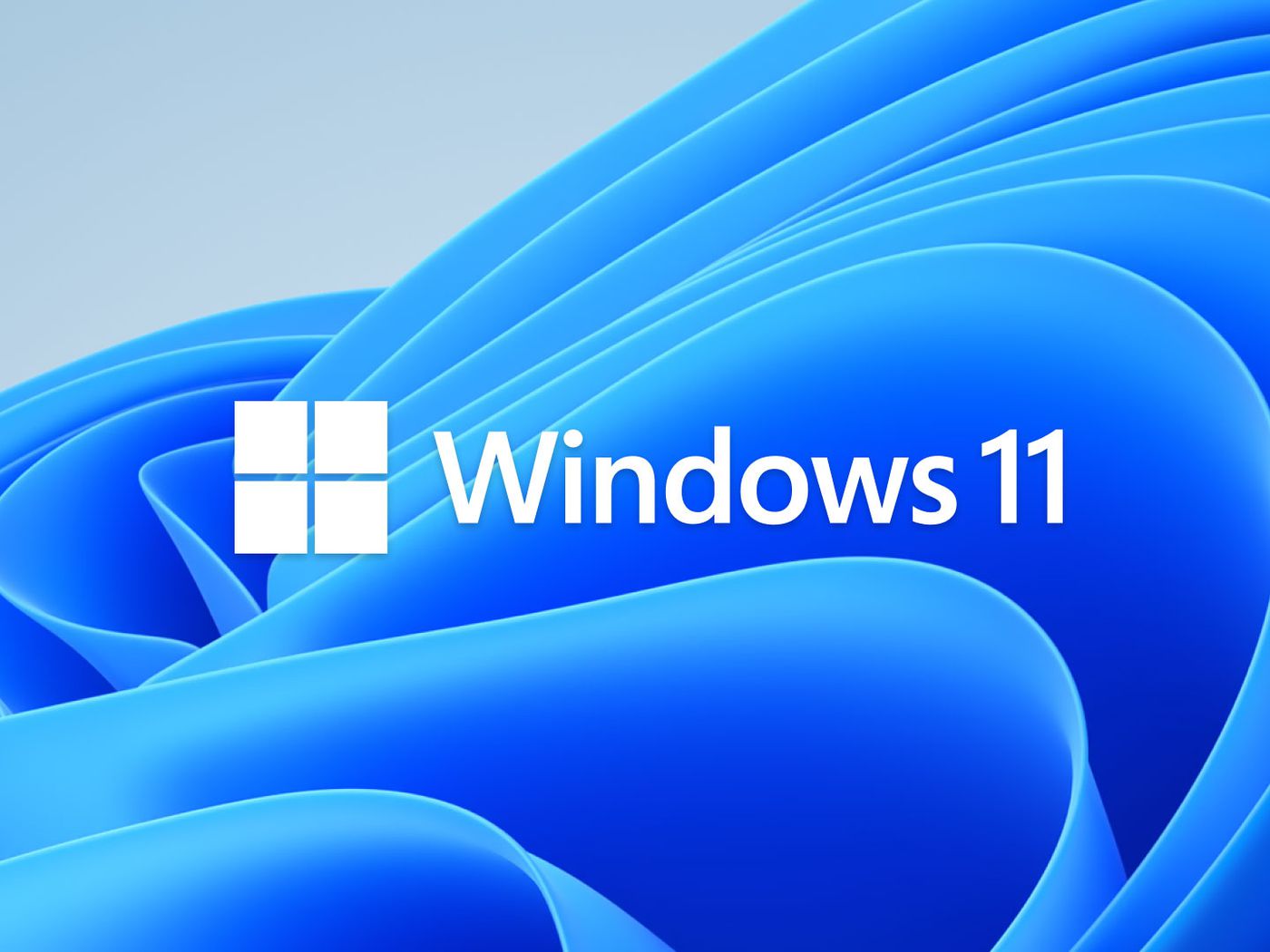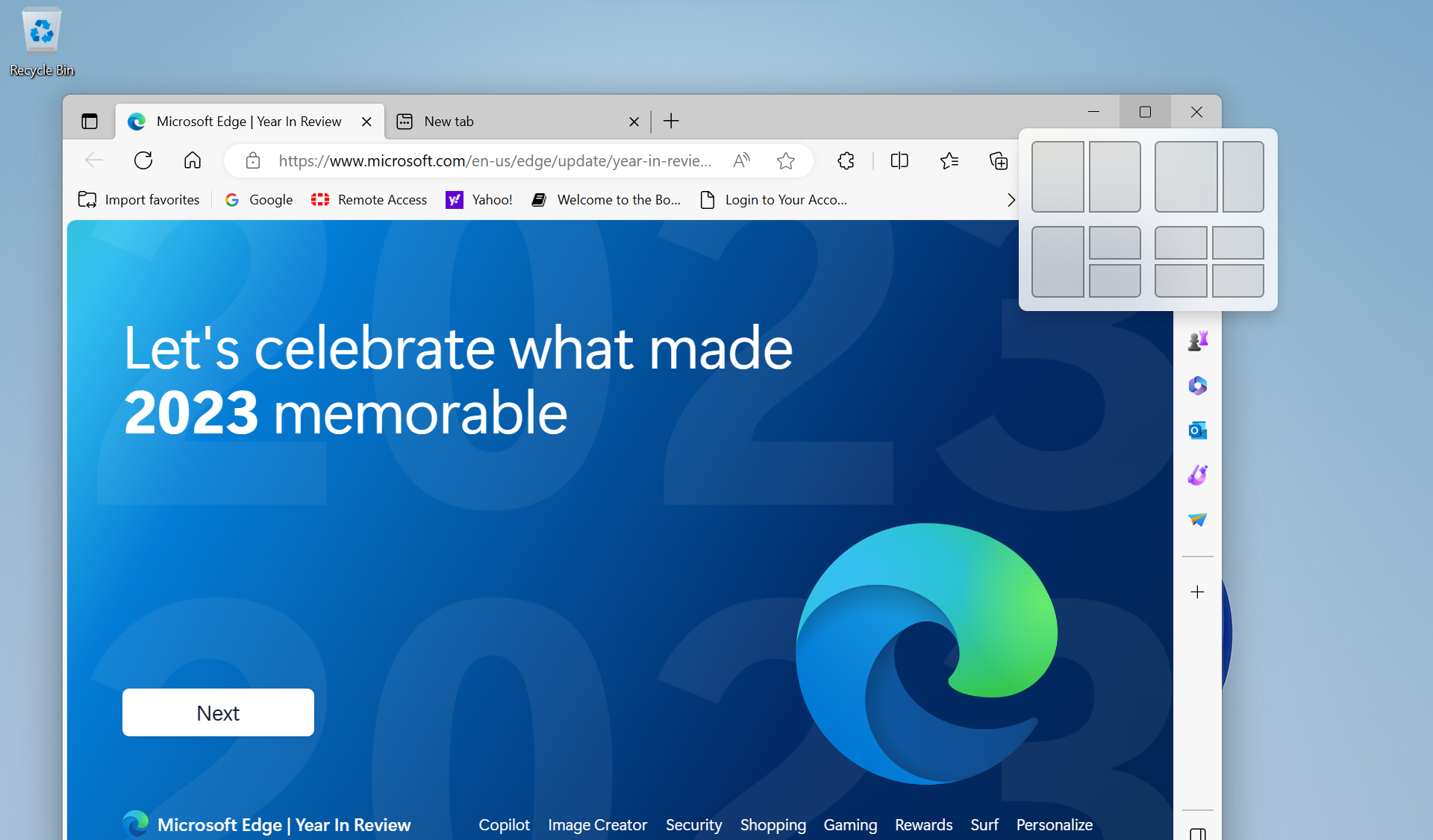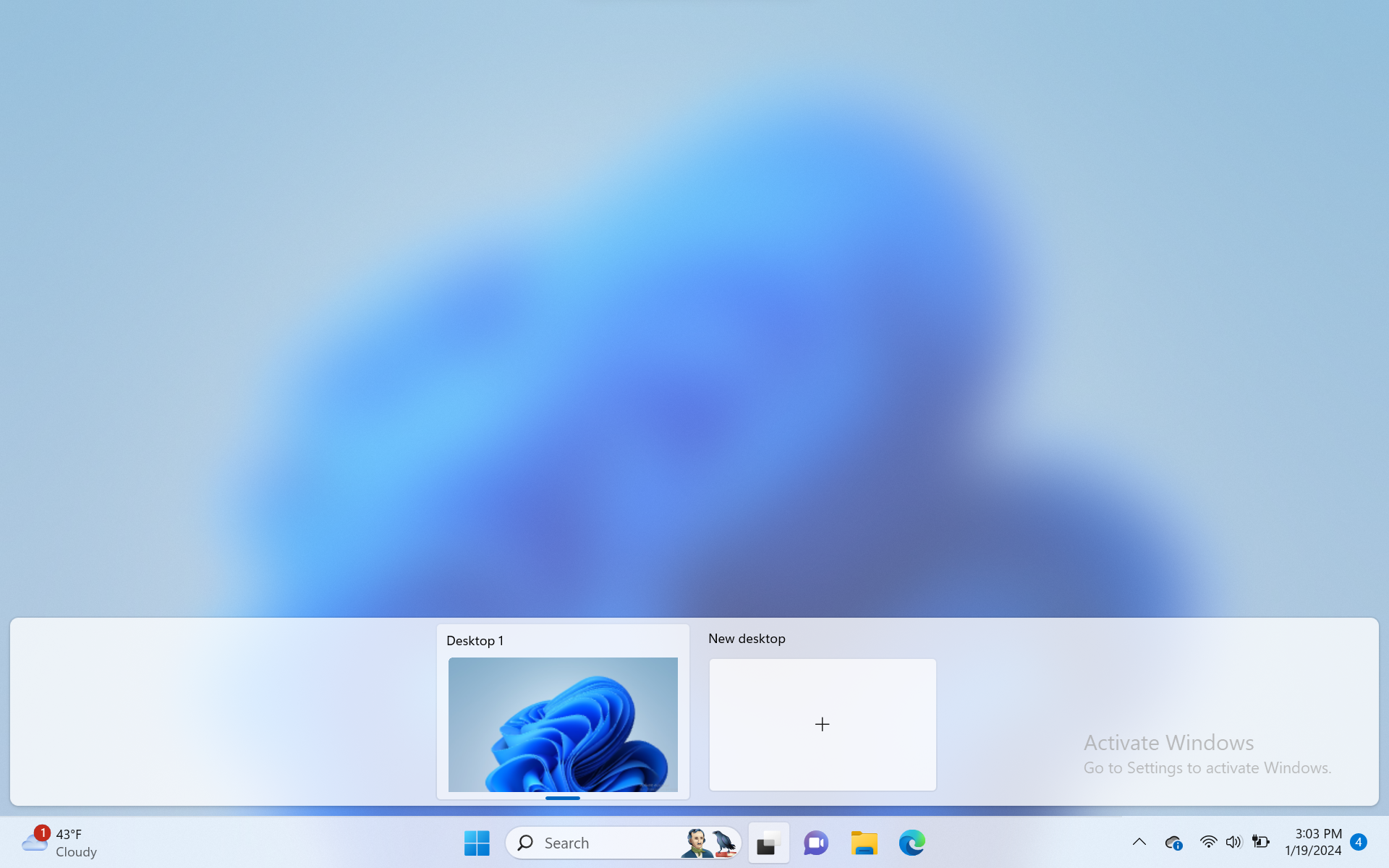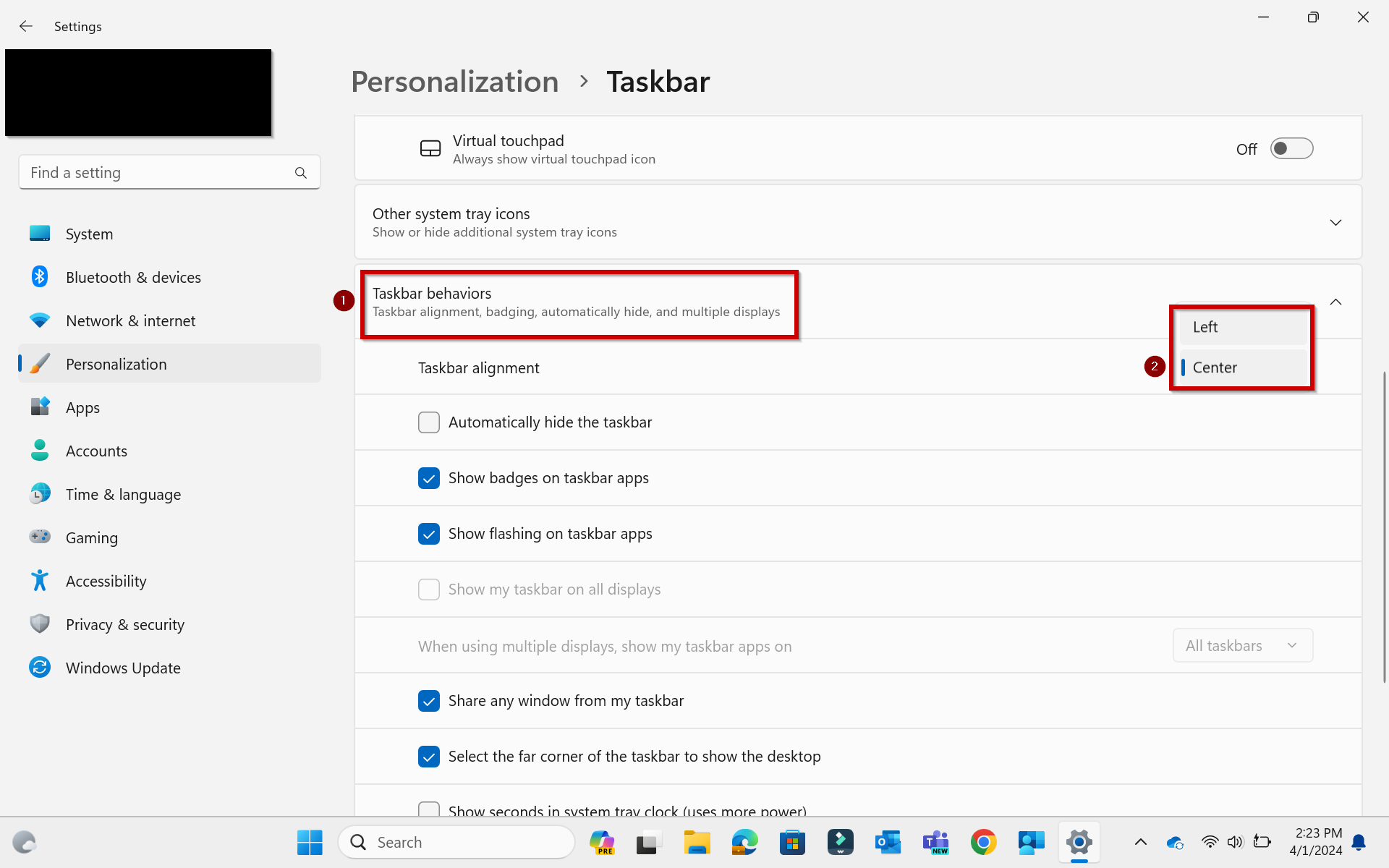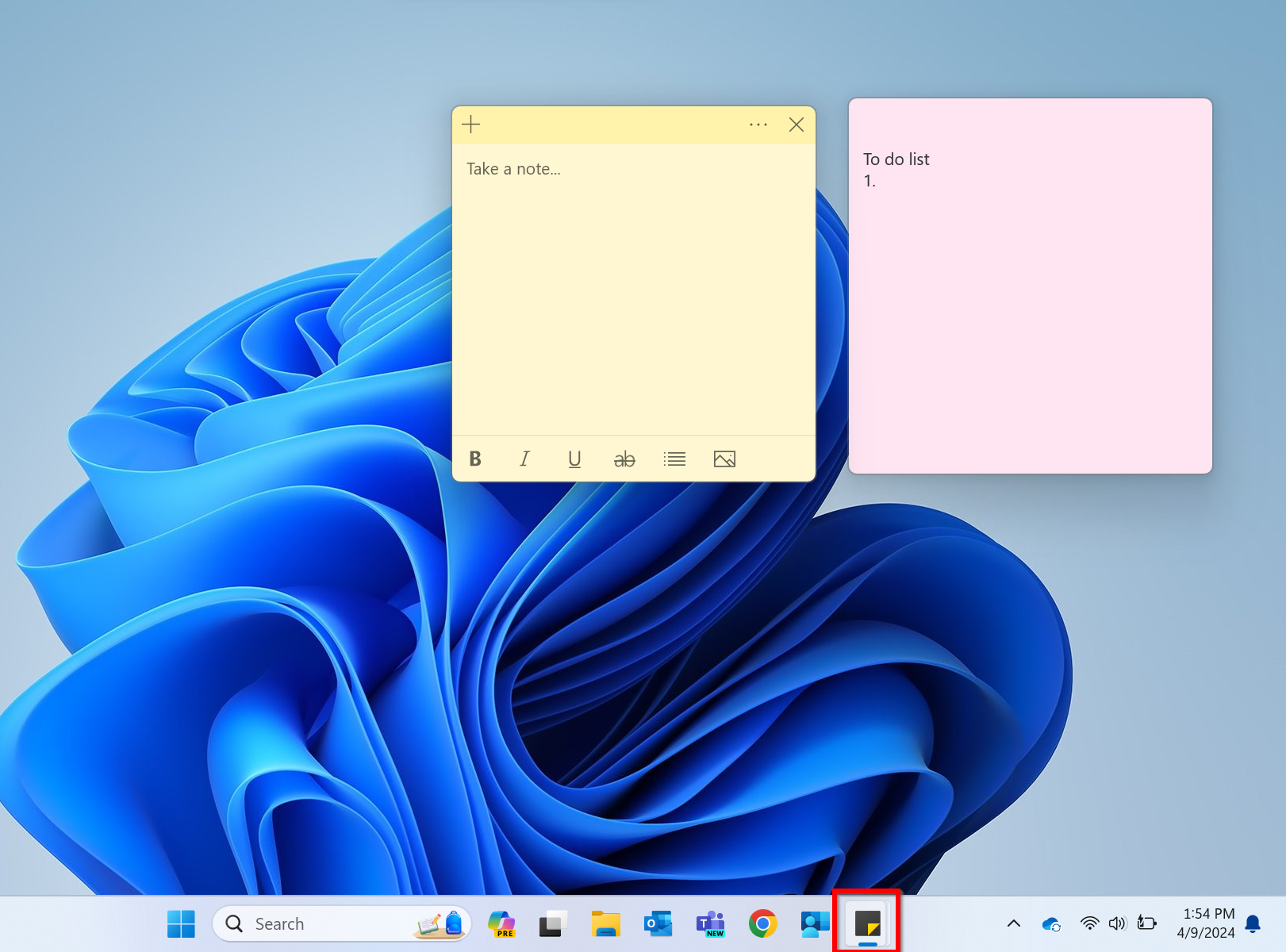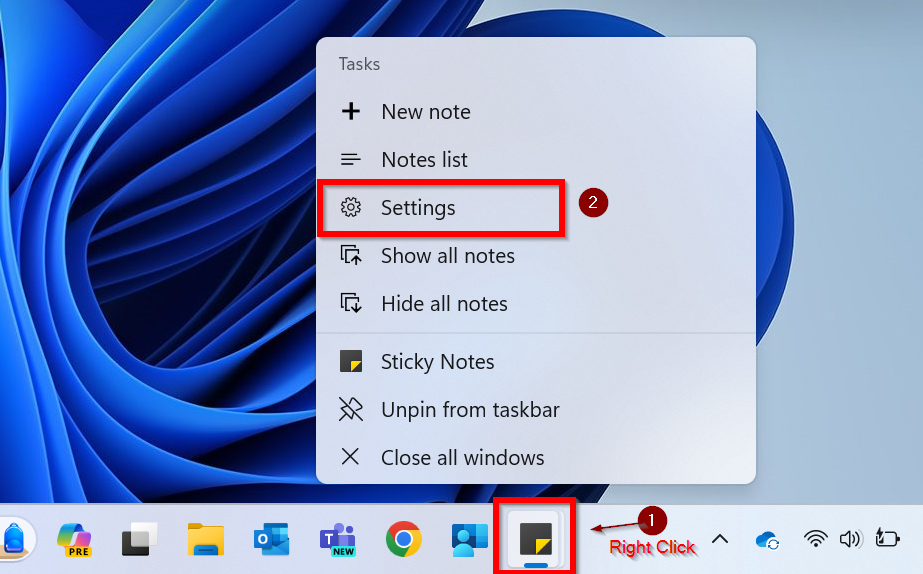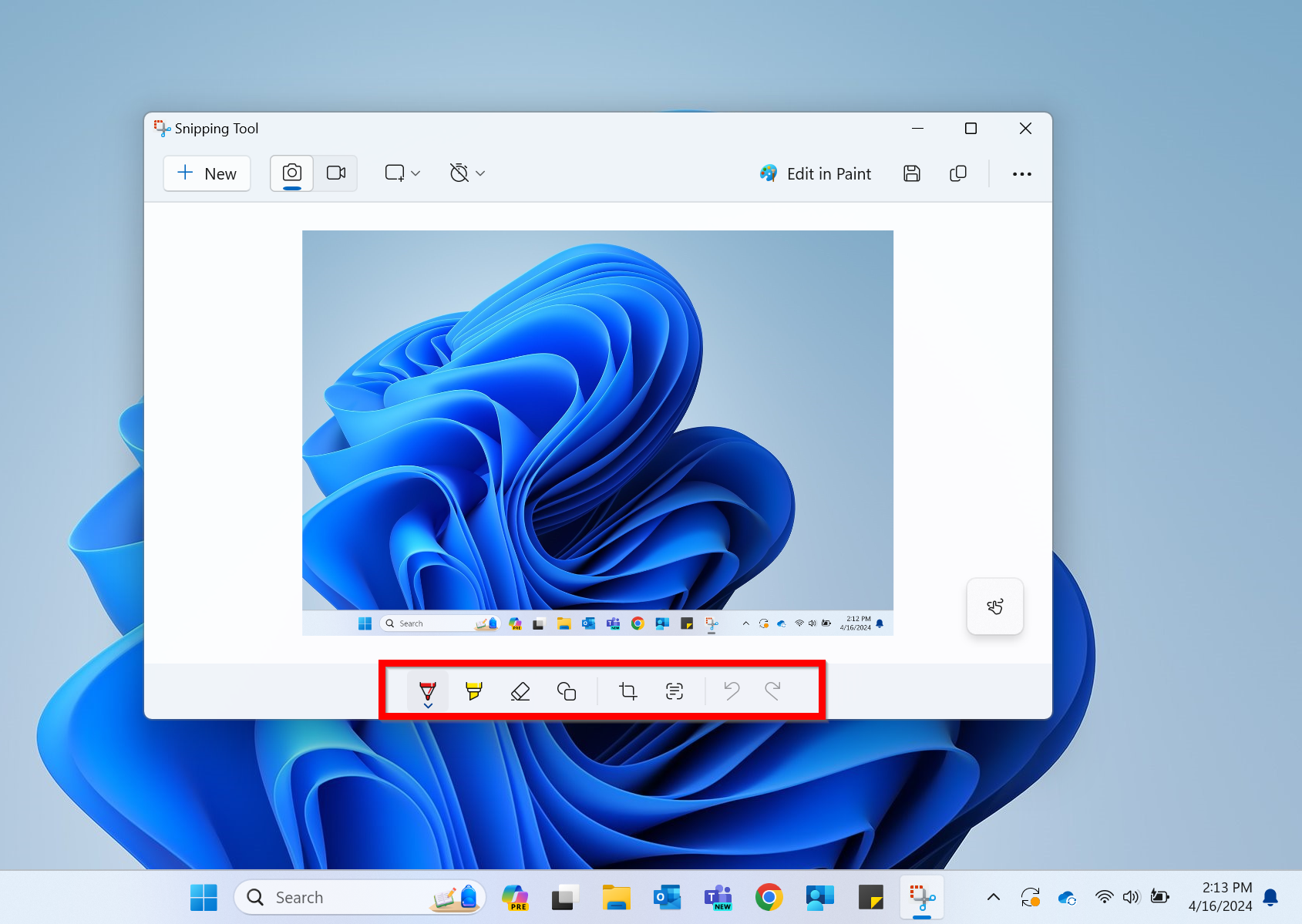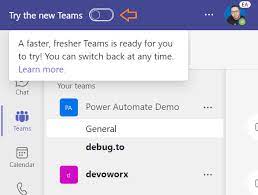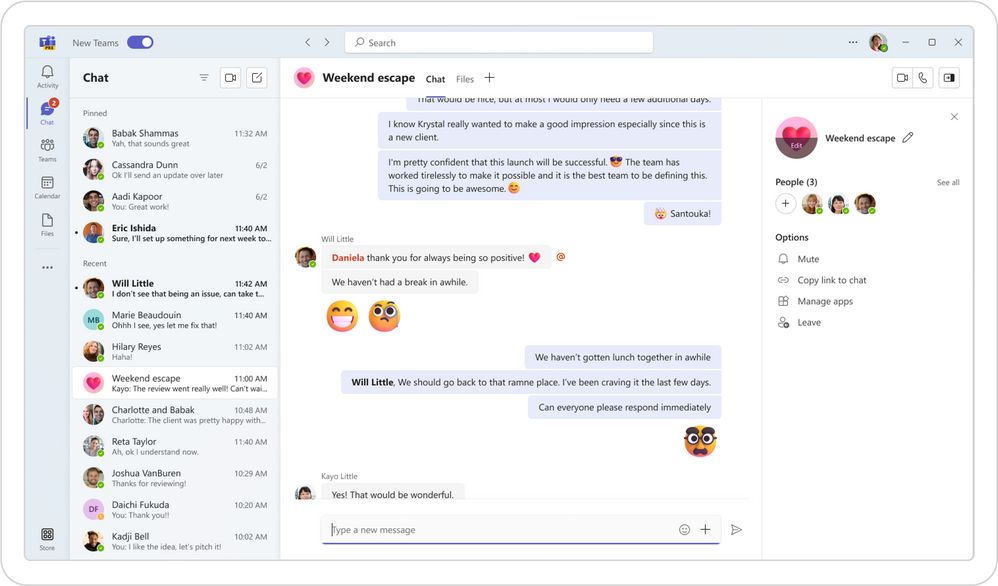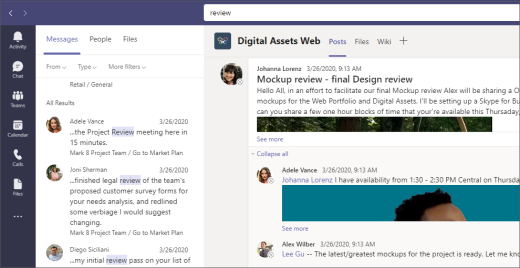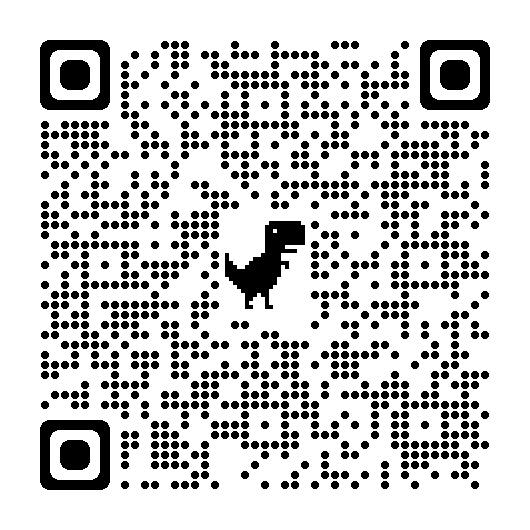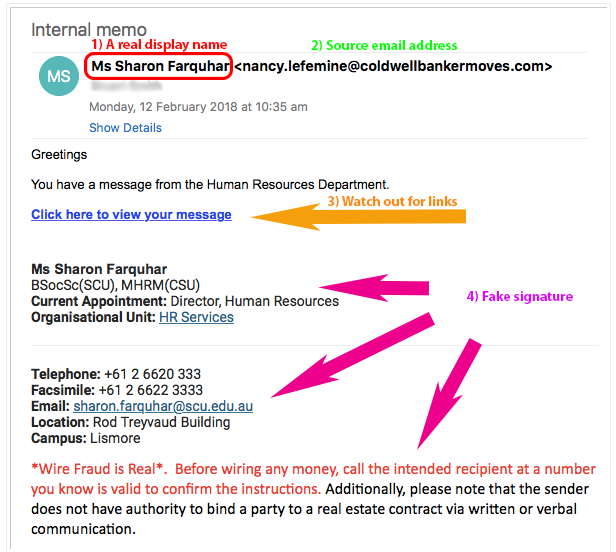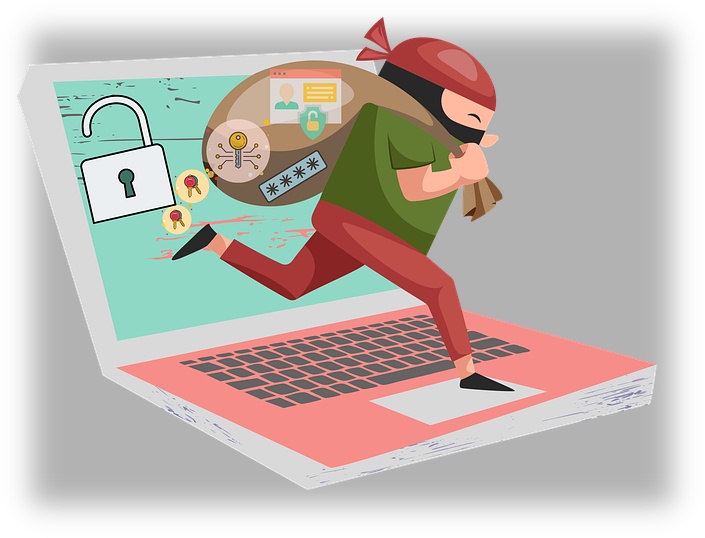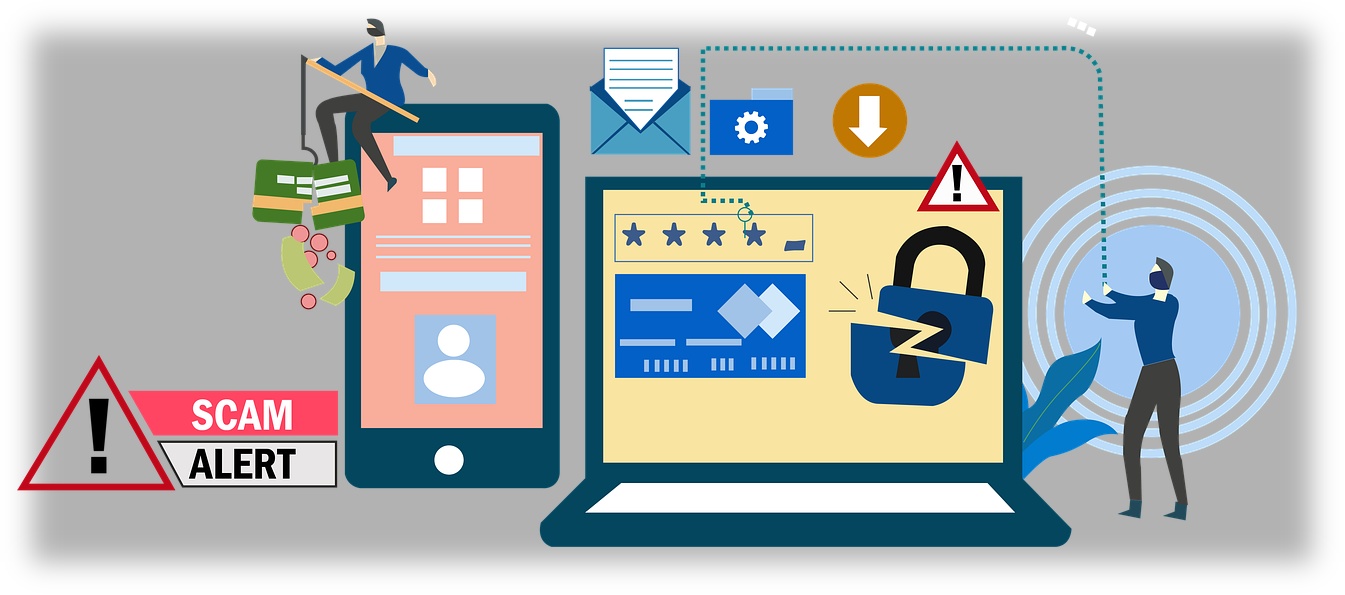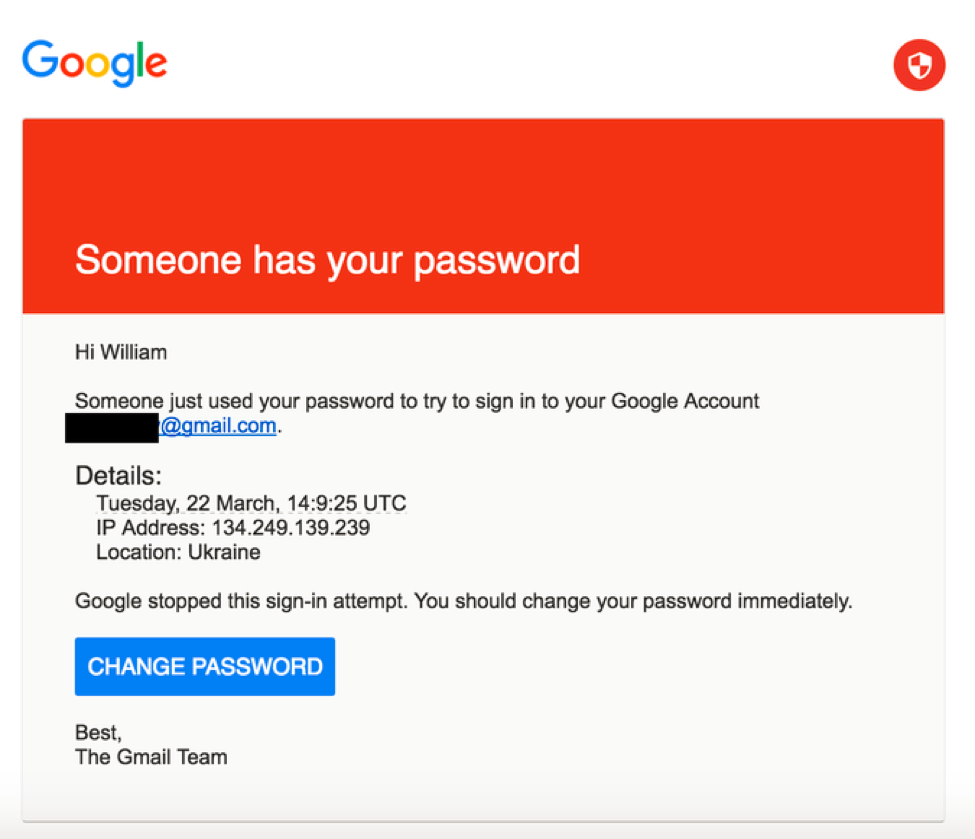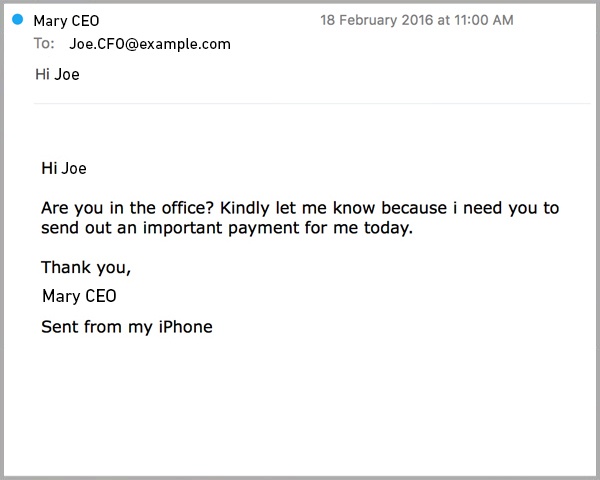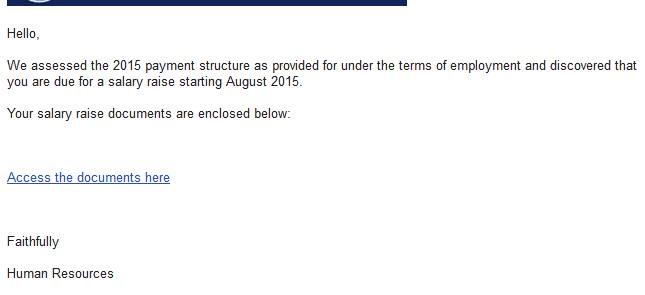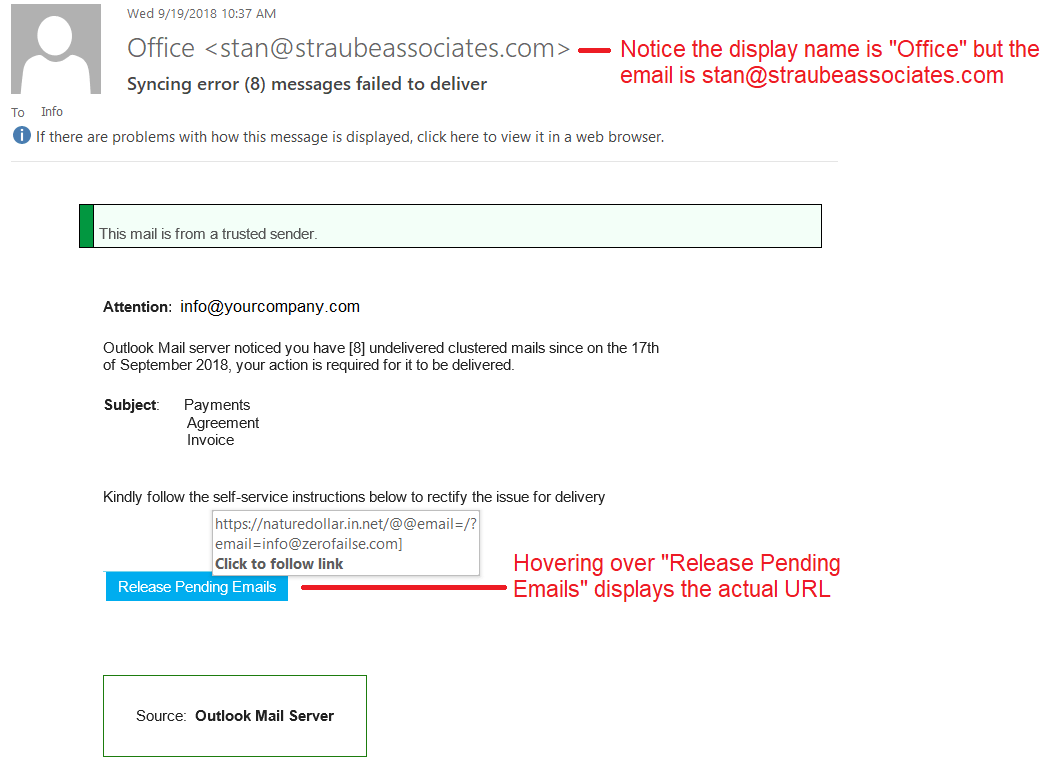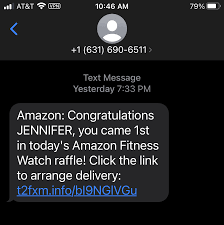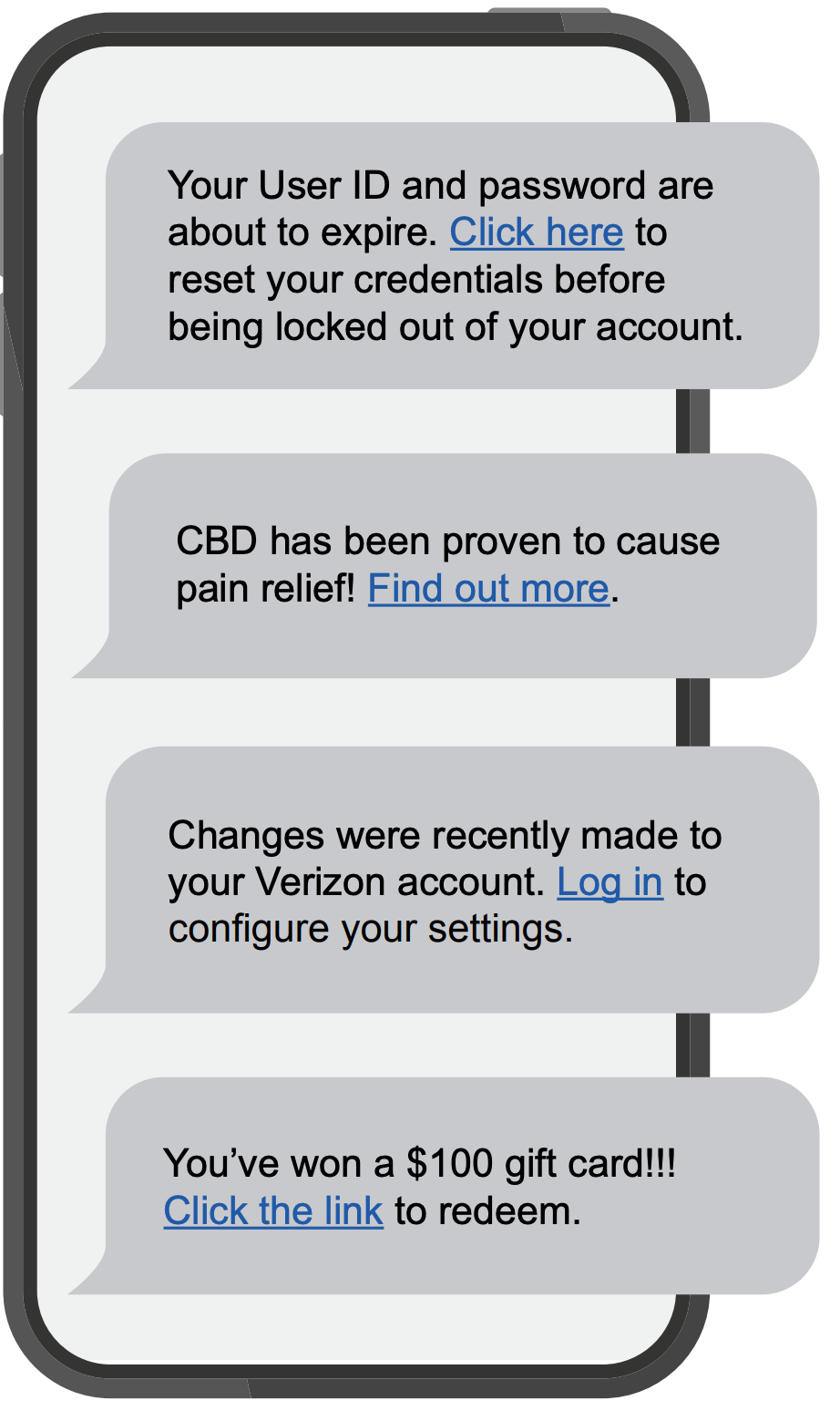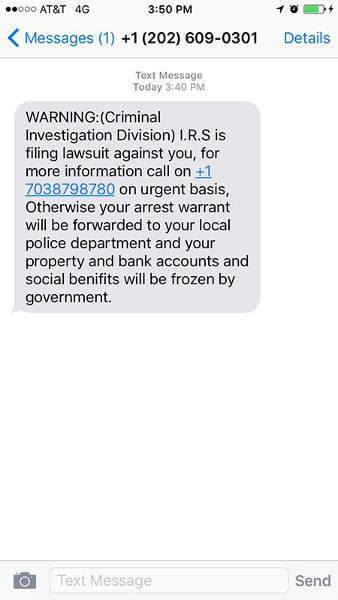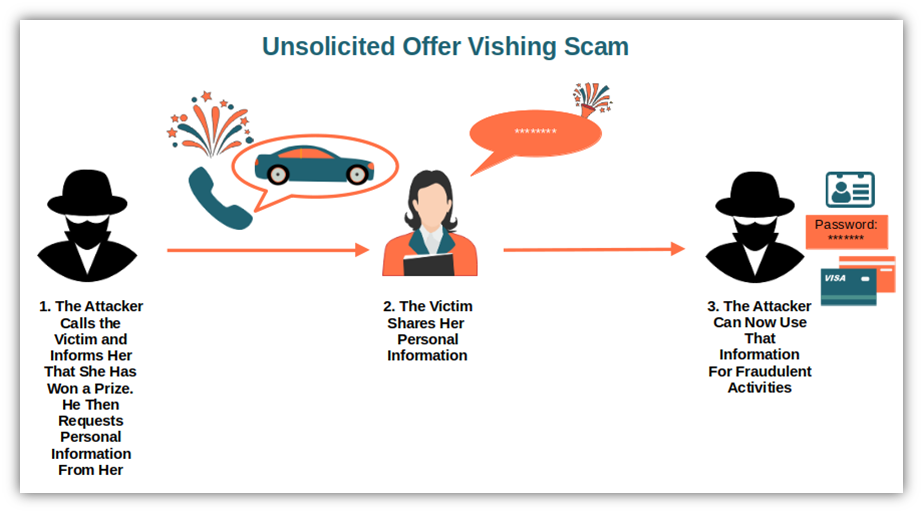The CIS Technology Blog
[Student] [Faculty] [Staff] [Security Notices]
Technology Blog Archive
Recent Blog Posts
Remote Labs Shift
Students:
SPU Students have remote access to Windows Computer Labs that can be used to access specialized lab software from most computers. This software had a name change and was originally known as LabStats, is now renamed as RemoteLabs.
The application facilitates quicker access to the device and redirects you to the remote lab page. For detailed instructions on how to use this resource, please visit the Remote Lab Access wiki page, or follow the link here.
Matthew Migration
All files previously stored on Matthew should now be migrated to SharePoint or be in read-only mode for a short while until the old storage platform is retired. If you still rely on access to any files on Matthew, please contact cis-bst@spu.edu so you don’t lose access to those files.
Zoom Client Upgrade
Zoom will be deprecating older versions of the Zoom client over the next few months. To prevent disruption, we have updated academic computers and podiums with the latest version and have made the new version available in Software Center.
We recommend you ensure your computer is setup to receive automatic updates and is on the latest version of the desktop client. To check the version you have installed or to download the latest version, please take some time now to make sure your computer is ready by following the steps below:
Once signed in, select your profile photo in the top right corner.
Select Check for updates. If there are updates available, Zoom will download and install.
If you have additional questions or concerns, please reach out to the CIS HelpDesk at help@spu.edu or at 206-281-2982.
Classrooms and Labs
Demaray 356 Updates
Demaray 356 is transitioning into an integrated hybrid pilot classroom! This pilot room space will be used to test a new integrated hybrid system. Previously installed hybrid classrooms did not have an integrated PC with the system, whereas the new system being trialed has an integrated system that you can plug your laptop into.
If you’re interested in learning more about how the room works or would like to have a demo of the classroom, please reach out to CIS at help@spu.edu!
Academic PC Software
CIS is in the process of rolling out Windows 11 for all of campus! We are also collecting software requests for fiscal year 2024-2025.
For questions or concerns regarding the Windows 11 rollout and how it may impact academic lab spaces and/or classroom podium pcs, individuals can collate their requests for their department via submitting software requests form here: Software Requests ‘24-25.
If you are concerned about specific software compatibility with Windows 11, such as specialty hardware or legacy software, please complete the form linked above.
As a reminder, we encourage you to reach out the CIS HelpDesk if you have any questions or concerns at help@spu.edu.
Deployment for Windows 11 devices has begun! It has been announced that Microsoft will cease support for Windows 10 by the end of 2025, so CIS is proactively initialing our Windows 11 deployment process to stay ahead of the curve.
While Windows 11 has been available for a couple of years now, we understand that it may be new to some of you who have not yet upgraded. Our goal is to ensure a smooth and comfortable transition for all users. With this, you can find many helpful resources below!
Windows 11 Wiki Documentation
Documentation for Windows 11 is now available on the SPU Wiki as we begin processing deployments. This may serve as a valuable resource for anyone needing guidance on navigating the new system. Additionally, we have provided walkthrough videos to assist you in familiarizing yourself with Windows 11.
Microsoft Copilot
We are also going to introduce Microsoft Copilot, and encourage faculty and staff to consider leveraging this powerful AI tool within their work processes. Copilot can significantly enhance workflow efficiency, and understanding its functionality is increasingly valuable in today's AI-driven landscape. Documentation for Copilot is also accessible on the SPU Wiki for those interested in learning more.
Upgrade Checklist
To ensure a seamless transition during the deployment of updated Windows 11 devices, we've prepared a checklist for you to review before your visit to the HelpDesk. Once you've completed the checklist, there will be a link to schedule an appointment to receive your upgraded Windows 11 device. Please note that your previous laptop will be retained for one week to ensure that all data has been transferred successfully.
Faculty and Staff will be notified by the HelpDesk when to begin preparing for their device upgrades via email.
Windows 11 and Copilot Tips and Tricks
As deployment commences, we will be posting a weekly series of tips and tricks to help guide you through the transition and discover new efficient ways to enhance your work productivity. You can find the series of tips and tricks for Windows 11 and MS Copilot below:
How to add Another Account
The new Microsoft Teams allows for multi-account support, meaning you will be able to add another account to your Microsoft Teams App.
To add a new account, select your profile picture at the top right of the application window. Then, select Add another account.
Adding another account to your Microsoft Teams desktop app will allow you to get notifications for both accounts, in real time.
You will be able to participate in different chats, calls, and meeting without having to manually switch between accounts.
You will also be able to set your status for each account individually.
For a more in-depth explanation of how to add another account, please visit Manage Accounts and Organizations in Microsoft Teams, or by following the link below:
Other Microsoft Teams-related Updates
View what else is new by following the link: Microsoft What's New in Teams.
Also, linked below is the starting video in Microsoft Teams Youtube Playlist covering Microsoft Teams:
How Microsoft Teams Used to Look:
October is Cybersecurity Awareness Month - CSA
It is CIS's responsibility to share some vital information about how to be safe while using the internet and managing yours and students' information.
Over the next few weeks, CIS will be releasing a weekly blog post that expands on four core topics for this year's CSA month: Phishing, Social Engineering (whaling), Passphrases for passwords, and Ransomware.
At the end of the month, there will be a quiz released to employees and students. Receiving 100% on the quiz will automatically enter the user into a raffle. The raffle will have two winners, one student and one employee, who will each receive a prize* from CIS!
Keep an eye out for the first blog post on October 9, and then every following Monday until the end of the month!
*Please note that prizes will be ordered once they are selected by the prize-winners. CIS will contact prize-winners when the prizes are ready to be picked up from the HelpDesk.
Security Awareness Week 1: Phishing emails
What is Phishing?
Often carried out over email -- although the scam has now spread beyond suspicious emails to phone calls (so-called "vishing"), social media, SMS messaging services (aka "smishing"), and apps -- a basic Phishing attack attempts to trick the target into doing what the scammer wants.
Exactly what the scammer wants can vary wildly between attacks. It might be handing over passwords to make it easier to hack a company or person, or sending payments to fraudsters instead of the correct account. This information is often stolen by making requests that look entirely legitimate -- like an email from your boss, so you don't think twice about doing what is asked.
How would you identify a Phishing email?
Emails that contain the following should be approached with extreme caution, as these are common traits of phishing email:
- Urgent action demands.
- Multiple sources in the from email address line.
- Poor grammar and spelling errors.
- An unfamiliar greeting or salutation.
- Requests for login credentials, payment information, or sensitive data.
- Offers that are too good to be true.
Phishing is also a popular method for cyber attackers to deliver malware by encouraging victims to download a weaponized document or visit a malicious link that will secretly install the malicious payload on the person's computer. These kind of attacks mostly are trying to distribute a trojan malware, ransomware . These cyber hackers are hoping you don't look to deep into the email, that you just gloss over the details and click on the link, or download the attachment. Below is a screenshot of a phishing email, and you can see just how tricky they can be.
Why is Phishing called Phishing?
The overall term for these scams -- Phishing -- is a modified version of the word 'fishing' except in this instance the one doing this fishing is a scammer and they're trying to catch you and reel you in with their sneaky email lure. In most cases, they will send out many of these lures.
FUN FACT! - Why is Phishing spelled with a "Ph"?
The “ph” spelling of phishing is influenced by an earlier word for an illicit act: phreaking, which involves fraudulently using an electronic device to avoid paying for telephone calls. The people who perpetrated phreaking were called “Phreaks,” and since phreaks and hackers were closely linked, the “ph” spelling was used to denote the phishing scams involving these underground groups. Pretty cool!
We hope by sharing these resources with you, that you will have the tools and information necessary to make informed decisions when using the Internet.
Security Awareness Week 2: Ransomware
The CISA defines Ransomware as a "form of malware designed to encrypt files on a device, rendering any files and the systems that rely on them unusable. Malicious actors then demand ransom in exchange for decryption."
Ransomware can be planted into a network using many methods, like Phishing and Social Engineering. Once it is planted, hackers locate and secure access to important files and move those files to a secure network of their own.
Oftentimes, a hacker needs only access into a network, and can gain such access in a myriad of ways. For example:
- By sending phishing emails requesting login information or containing malicious code(as we have seen in last week's post)
- Looking for weaknesses within your network's security
- Users are redirected to a suspicious website that infects their computer by browsing or prompts for them to download files off the internet.
Computer Safety Tips:
Regularly back up important and sensitive data to a separate drive.
Install and regularly update antivirus software on your device.
Exercise caution when following links in emails, text messages, and websites.
Be mindful of what files your are downloading from the internet and avoid suspicious sites.
SPU Employees SPU-Managed Devices:
Software and application patches, anti-virus updates, data backups, mandatory browser and security settings are all implemented by CIS and enforced on your school-issued devices.
However, it is still essential for all employees to use their best judgement when viewing emails and websites.
Example 1. Fake websites
A cyber-criminal will design a carefully-worded phishing email which includes a link to a spoofed version of a popular website. The website imitates the layout of the original site to trick the victim into entering their account credentials.
Example 2. CEO Fraud
An attacker will take control of an email address familiar to the employee, such as their company’s CEO, Human Resources Manager, or IT admin. The hacker will assume this individual’s identity and ask the user to complete an urgent action, such as transferring funds, updating their personal information, or installing a new app.
Example 3. Malware
In these types of phishing attacks, an attacker will try to trick an employee into clicking on a malicious email attachment. Usually, this type of attack is carried out with a fake invoice or delivery notification.
If you think that the email may be legit, go to a link that you know is safe (one that you have save for the company) and log in from there. Or, you can always call the company and confirm or deny the validity of the email you received.
REMEMBER
If you don't recognize the sender, NEVER click on the attachments or links!
Example 4. Smishing
An SMS-based phishing attack in which a hacker will send an SMS or voice message asking the recipient to click on a link to accept a gift, change your password or call a number. The link will take them to a phishing website that they will use to try and gather more information from you.
Also, the link you click on could have malware in it. What does that mean? It could install a program on your phone that will allow the hacker to gain access to all your personal information, e.g. contacts, passwords, email, photos.
Example 5. Vishing
An unknown caller will call the victim and or leave a voicemail urging them to phone them back and hand over personal information, usually by impersonating someone from a trusted company.
The most common type of this is a Tech Support Call.
This attack is widespread in large companies where employees might not know or have met members of the tech support department. Scammers will pretend they need to do a computer update or repair and ask for the victim’s password to do it.
Education is key to beating these attacks. Frequently remind users that you will never ask them to divulge their password over the phone and that they shouldn’t do so under any circumstance.
Creating a Strong Passphrase
It is also important for users to use a strong Passphrase or password for securing your account. A strong password will protect your account while also not containing any personally identifiable words; like your mother's maiden name or your childhood pet. It is also important to use a strong or complex password, as a more simple passphrase can be easily guessed.
Here are some key things to follow when creating a password:
- Use a combination of numbers, capitalization and special characters.
- Use a longer passphrase that you can easily remember.
- Don't use a password you have used before, or a slight variation of a pre-existing password.
Do NOT write down OR your share your SPU password with anyone.
Password Managing
If you are worried about keeping track of your passwords, use a password manager that will keep track and record all of your passwords and where they are used. It is also likely that your phone or Google account will have password tracking enabled.
For more information on SPU's Password Policies, please select here.
Cybersecurity Awareness Month Quizzes
Thank you for joining us for this year's Cybersecurity Awareness month as we covered Phishing, Ransomware, Social Engineering (Spear Phishing), Passphrases, and Canary Files.
If you have questions or concerns about the topics covered, or would like to learn more, a student technician with the HelpDesk would be more than happy to assist! You can contact the HelpDesk by phone at 206.281.2982 or by email at help@spu.edu.
As a reminder, we are offering one quiz for Faculty and Staff and one quiz for Students to test their knowledge on the topics we covered this month. The quiz will remain open until November 15th, 2023.
A Few Rules to Follow:
- One quiz attempt per individual.
- A student may not take the employee quiz and employees may not take the student quiz.
- Only scores of 100% will be automatically entered into the raffle.
- Prizes will only be given out to the winning individual(s) after they have made their *selection.
- One prize per winner.
*Raffle winners will be contacted by CIS and choose their prize from the available options. Options include bluetooth speakers and/or gift cards.
Faculty and Staff Quiz Here
Student Quiz Here
Guest WiFi
Guest WiFi is available for parents, friends, and campus guests. Connect to the network ID called SPU-Guests , then launch a web browser and follow the guest registration instructions. Guests must provide a valid, non-SPU email address or a text-messaging cell phone number for registration. Guest WiFi is bandwidth-limited. SPU students should use the network named SPU-Wireless for high speed internet access. Learn more here .
Outdoor Wifi Locations
Outdoor WiFi locations are available in Tiffany Loop, Martin Square, and in front of the C-Store.
SPU Online Services
All of your online services can be found by clicking on the icon in the top right corner of of any SPU webpage and navigating to the Students tab.
Microsoft Office 365 for Education
There are many Microsoft Office products available to you as an SPU student, including:
Microsoft Teams
Microsoft Teams is a great collaboration tool that all SPU students have access to. Instant message your classmates, host a study group online, share files, and more. See here for more information: Study Groups In-Person and Online .
OneDrive for Business
As an SPU student you receive ample cloud storage space in OneDrive for Business. Your documents can be stored securely here and your account is accessible from any of your devices, on or off-campus. Documents can also be shared with others for group collaboration. Learn more here .
Microsoft Office Suite
Current students may obtain the latest version of Microsoft Office for Windows or Mac through the Microsoft Student Advantage Program. There is no cost to install the software on up to 5 personal devices, including your computer (PC or Mac), tablet (iPad or Android), or mobile phone (iPhone or Android). The Office Suite provides powerful productivity tools including: Word, Excel, PowerPoint, OneDrive, and Outlook. Learn more here .
More Office Apps
In addition to the Microsoft Office Suite (Word, Excel, PowerPoint, OneDrive, and Outlook) there are numerous apps that are available for you to use, such as Lists, Project, Visio, Planner and more. Log into your account to see what's available today .
Minecraft for Education
You have access to Minecraft at no additional cost through your SPU account. See here for more information.
Printing and Copying
SPU provides a campus-wide printing/copying program for students. There are Multi-Function Printers (MFPs) located across campus for your use. You can submit print jobs via the web from on or off campus and print them from any MFP once arriving on campus. You can also print directly from your computer or a USB flash-drive, copy, and scan to email. Document scanning on the MFPs is free and does not require print credit. Detailed instructions are posted at each MFP and on the CIS website: MFP Student Printing.
Print Credits
You receive print credits at the beginning of each quarter that accumulates through the academic school year as part of your Technology Fee.
- Students enrolled in 12 or more credits get $5.00 per quarter
- Students enrolled in 11 credits or less get $2.50 per quarter.
- When print credit has been used up, you can use Falcon Funds on your SPU ID Card for additional printing.
Watch Out for Scams!
While many illegitimate messages are filtered out of your inbox some may still get through. SPU will NEVER ask you to send or verify your login credentials or other personal/confidential information via email. Your account credentials should not be shared with anyone!
Job Scams
You've probably already received several emails scam offering an employment opportunity from someone who appears to be associated with SPU. Please delete these messages and do not respond. All legitimate jobs at the university are posted on SPU's Handshake platform . Employers on Handshake are vetted to guarantee their trustworthiness. Here is a blog post with more information to help you identify and avoid employment scammers. If you have any questions about the legitimacy of an email message please forward it to help@spu.edu.
Phishing
Phishing scams often come in the form of email messages attempting to steal your username and password. PLEASE DO NOT reply to these messages or follow web links where you must confirm or enter your username and password. If you have questions about the legitimacy of a message, please forward it to help@spu.edu and we can assist. See this CyberSecurity Awareness Month blog post about phishing for additional information.
Peer-to-Peer File Sharing and Copyright Compliance
File sharing software that copies and distributes songs, movies, videos, games, and software applications without the permission of the owner is a Copyright Law violation that can subject you to criminal and civil liability. Content owners use technological means to track the file sharing of their intellectual property on the Internet. SPU is required by law to inform you if we are aware, you have violated copyright law and must provide your information to copyright owners for legal action if you do not cease illegal activity. You are responsible for the activities of your computer when connected to the campus network. See Copyright Basics and DMCA Copyright Compliance / Peer-to-Peer File Sharing for more information about copyright compliance.
Update Your Emergency Contacts and SPU Alert Info
It is important to be made aware of campus emergencies in real-time, as information is available.
- SPU-Alert is the emergency alert system used to notify you of campus emergencies via text, email, and voice calls. We need your current contact information so that we can send you alerts during a campus emergency.
- Emergency Contact Information includes the contact details SPU should use in the event that an emergency situation happens to you.
The beginning of the school year is a great time to review and update your information. Log into the Banner Information System , go to the Personal Menu , update your information on the Emergency Alert System and Emergency Contact Information pages.
SPU will NEVER ask you to send your login credentials or other personal/confidential information via email. Your account credentials should never be shared with anyone.
